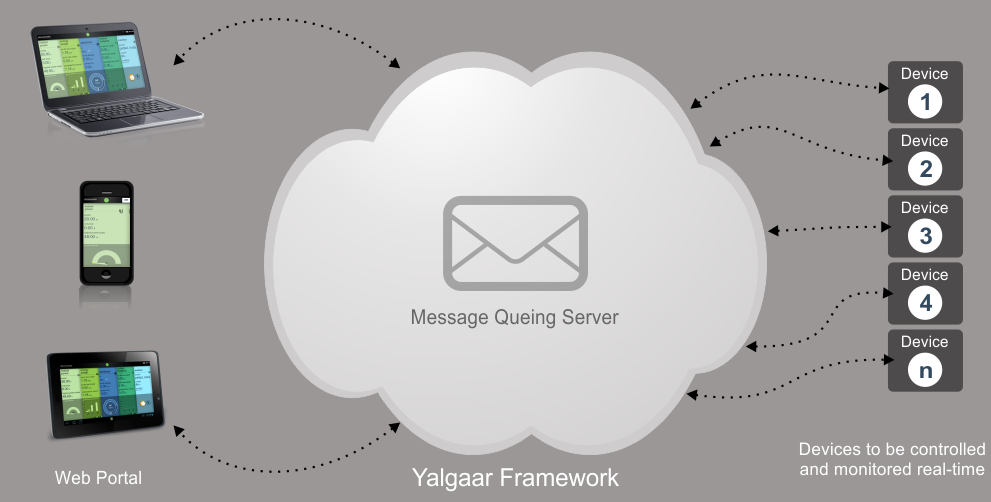ESB stands for ‘enterprise service bus’, which is something that has gained a lot of prevalence over the past few years. For those who are unaware, ESB platforms supply fundamental services for more complicated architectures. Professionals find EBS software as an effective way of meeting the difficulties that come with integrating applications to provide a single, unified architecture. In this post, we are going to take a look at ESB platforms in further detail while also assessing their connection to real time messaging systems in Newcastle.
What are ESB Platforms?
You should now have a basic understanding of what an enterprise service bus is. But, let’s dig a little bit deeper. To illustrate the importance of ESB, let’s take a look at an example; ESB has all of the features that are needed to implement an SOA (service oriented architecture). It can do the following:
- Ensure that all enterprise applications and services do not need to be changed instantly, or all at once. It does this by supplying incremental solution implementations.
- Re-route, enrich, and log details, without the need for re-writing applications.
- Make certain that information is delivered, even if some networks or systems go offline on occasion.
- Mask differences among network protocols, software architectures, and underlying problems.
- Distribute information across an enterprise easily and at speed.
Where to use Messaging and ESB
Now that we have covered all bases regarding ESB, let’s take a look at the link between real time messaging systems in Newcastle and enterprise service bus platforms. Some people may struggle to see the link between the two, as messaging middleware and ESB-based integration are both two different types of architectural approaches, and they are usually applied to two differing requirements. However, there are instances whereby both need to be used in the architecture to make sure that certain requirements are fulfilled, and this is why they are both linked.
Of course, scenarios differ from business to business, however, two types of integration that may require both messaging and ESB systems are one-to-many integration and point-to-point integration. The former is a common situation that occurs whereby data needs to be shared from the source system across a number of different enterprise systems. The source can be internal or external, and to make certain of data integrity, the data needs to be shared across a number of systems at the same time. Both messaging brokers and ESB brokers can achieve this. In regards to point-to-point integration, this is whereby there are two systems, and direct data needs to take place in a unique communication channel. Messaging middleware can achieve point-to-point integration, but at the other end, you have ESB, which supplies transportation binders and adapters so that the messages are sent from one system to another.
All things considered, hopefully, you now have a better understanding regarding the connection between enterprise service bus systems and real time messaging systems in Newcastle. While both tend to be viewed as separate, there are occasions whereby their paths can connect.


